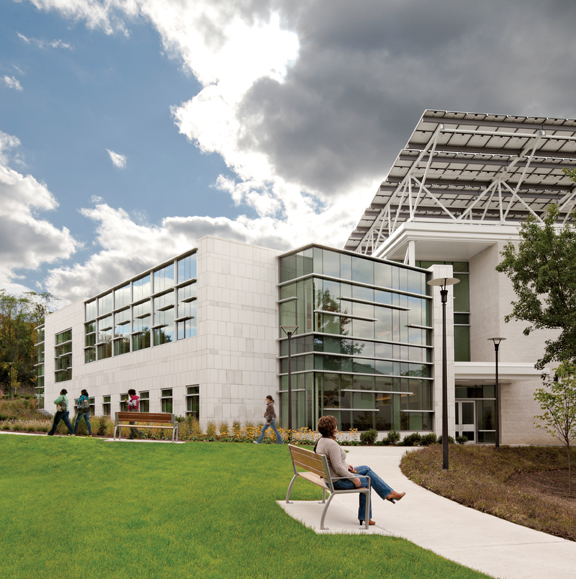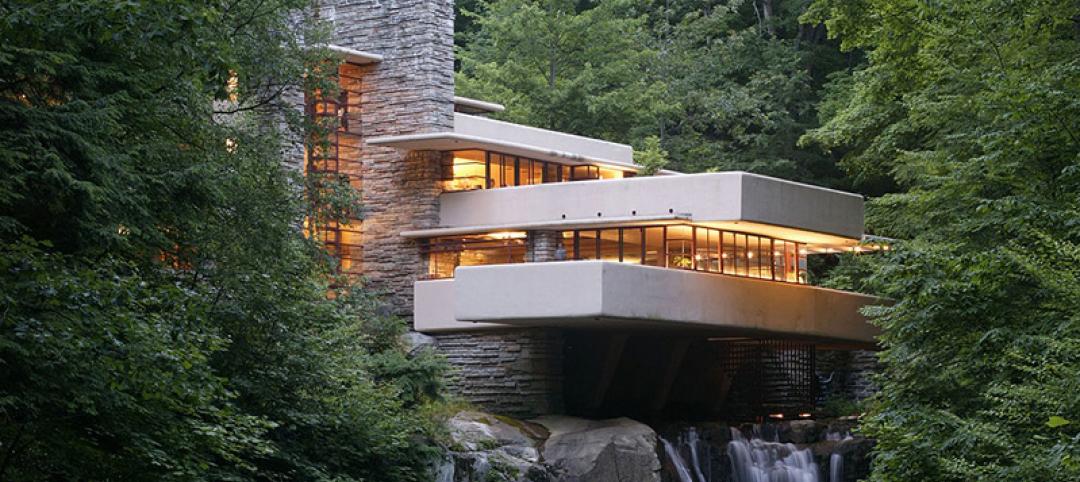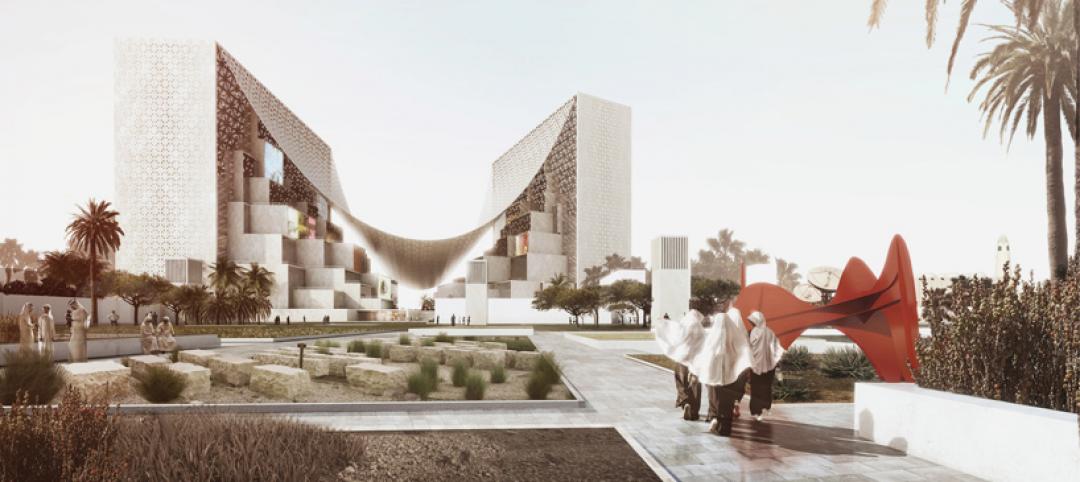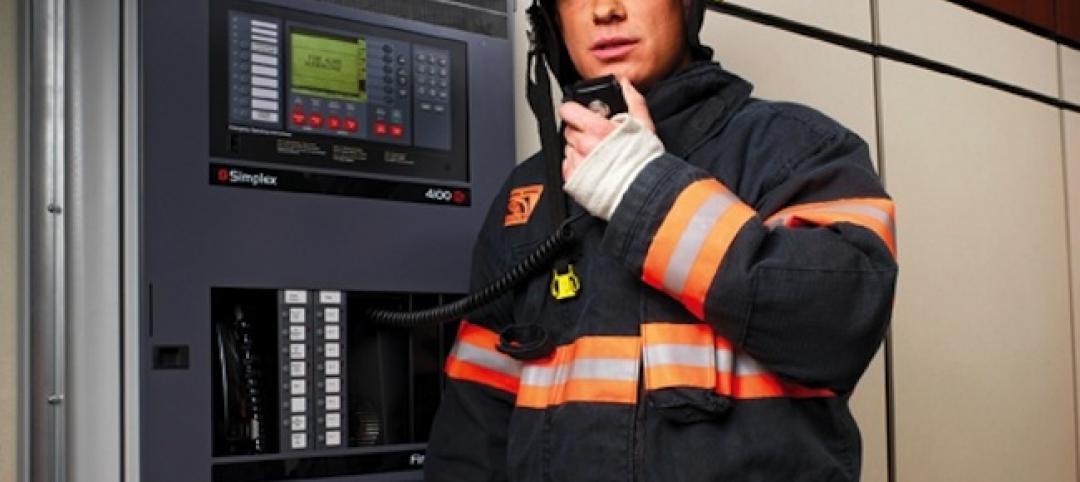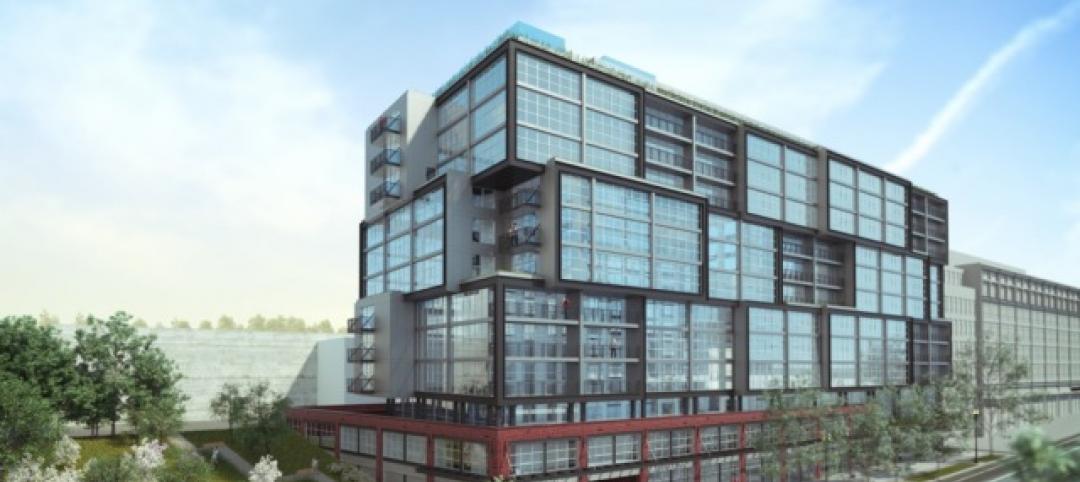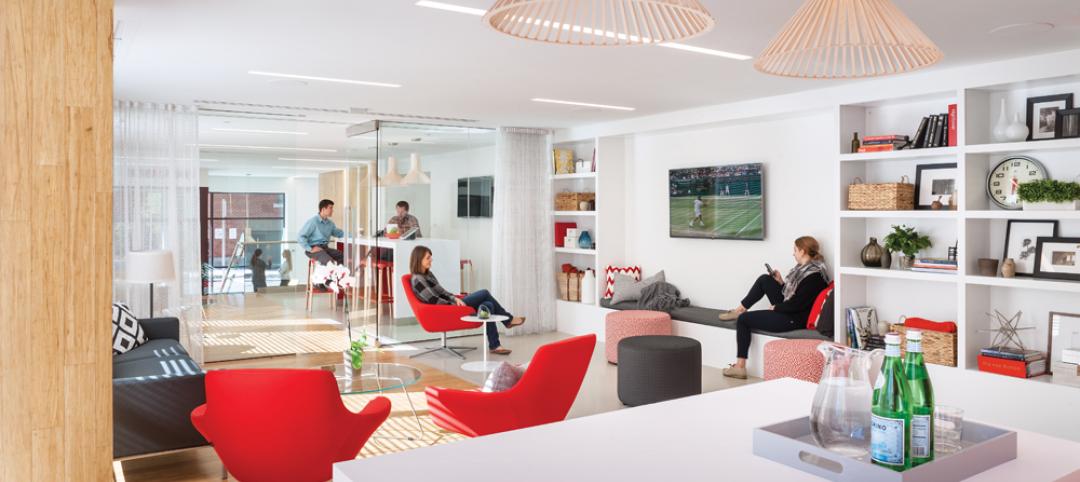The green building movement is poised on the brink of a new, more mature stage of development. Net-zero energy, net-zero water, net-zero waste, even net-zero stormwater projects—once thought to be impossible to achieve—are popping up all over. The Living Building Challenge, deemed by many practitioners to be the most arduous certification standard to meet, is winning the hearts and minds of AEC supergreenies seeking a competitive edge for their firms. And the fourth iteration of LEED, while having missed its anticipated unveiling at Greenbuild this month, should be out sometime in mid-2013.
“Green building is not a curiosity anymore,” says Aditya Ranade, Senior Analyst with Lux Research, which predicts the sector will reach $280 billion globally by 2020.
The big buzz: disclosure and transparency, says Russell Perry, FAIA, LEED Fellow, Senior Vice President with design firm SmithGroupJJR. He points to the recent release of publicly disclosed building energy use in New York City as an example of “increased visibility” that will contribute to the knowledge base on building performance.
Building product manufacturers are responding to the call for disclosure and transparency by issuing environmental product declarations to differentiate their products from the competition’s. Perry says EPDs will play a greater role in Materials & Resources credits for LEED v4.
Most recently, the International Living Future Institute launched Declare, a database of green building products (http://www.declareproducts.com) that provides a kind of “nutrition label” of product ingredients—all in support of the Living Building Challenge’s “Red List” and “Appropriate Sourcing” imperatives.
Also in the works: the Health Product Declaration Open Standard, a new “product chemistry disclosure tool” that its developers—the Healthy Building Network and BuildingGreen—say will provide manufacturers with a consistent format for reporting product content and associated health information. The HPD, which went through a pilot phase with more than 30 building product makers earlier this year, will be launched at Greenbuild.
Finally, there’s the Honest Buildings Network (www.honestbuildings.com), an open-network database that seeks to connect stakeholders in the real estate industry to “drive demand for better buildings all over the world.” Founder Riggs Kobiak calls it “a cross between Yelp and LinkedIn for the built environment.”
In the following pages, the editors present numerous highly sustainable projects, along with trends and ideas from leading AEC green building firms. +
Related Stories
Sports and Recreational Facilities | Feb 4, 2015
Arup unveils plans for the new A.C. Milan stadium
The venue will include a modern stage for the home matches together with a hotel, sports college, restaurants, children’s playground, green areas, and spaces open to the city and dedicated to public use.
Higher Education | Feb 3, 2015
Integrated Learning Neighborhoods: A solution for linking student housing with the typical student experience
Just as urban housing fits into the city as a whole, student housing can be integrated into the campus network as a series of living/learning neighborhoods, write Gensler's Brian Watson and Mark McMinn.
Office Buildings | Feb 3, 2015
5 trends transforming workplace design
RTKL's workplace design expert Jodi Williams foresees healthier and more technologically enabled offices that allow productive worker interaction, wherever they happen to be.
Architects | Feb 3, 2015
Frank Lloyd Wright’s work nominated for UNESCO World Heritage Status
If selected, Wright’s work will be the first examples of U.S. modern architecture on the list.
Contractors | Feb 3, 2015
Nonresidential construction spending expands in December 2014
Seven of 16 nonresidential construction subsectors posted increases in spending in December on a monthly basis.
Office Buildings | Feb 3, 2015
Bjarke Ingels' BIG proposes canopied, vertical village for Middle East media company
The tensile canopy shades a relaxation plaza from the desert sun.
Fire-Rated Products | Feb 3, 2015
AIA course: Fire and life safety in large buildings
Earn 1.0 AIA/CES learning units by studying this article and successfully completing the online exam.
Multifamily Housing | Feb 2, 2015
D.C. developer sees apartment project as catalyst for modeling neighborhood after N.Y.'s popular High Line district
It’s no accident that the word “Highline” is in this project’s name. The goal is for the building to be a kind of gateway into the larger redevelopment of the surrounding neighborhood to resemble New York’s City’s trendy downtown Meatpacking District, through which runs a portion the High Line elevated park.
Healthcare Facilities | Feb 1, 2015
7 new factors shaping hospital emergency departments
A new generation of highly efficient emergency care facilities is upping the ante on patient care and convenience while helping to reposition hospital systems within their local markets.
Multifamily Housing | Jan 31, 2015
5 intriguing trends to track in the multifamily housing game
Demand for rental apartments and condos hasn’t been this strong in years, and our experts think the multifamily sector still has legs. But you have to know what developers, tenants, and buyers are looking for to have any hope of succeeding in this fast-changing market sector.


